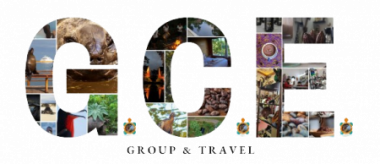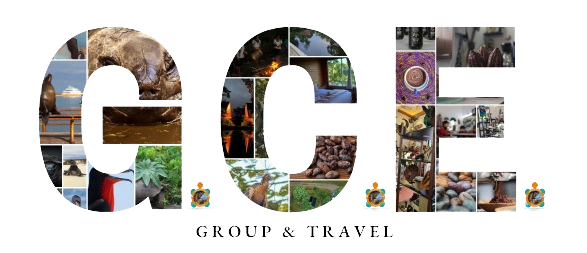The adventures of Charles Darwin in the Islands
1831 was the year when the young Charles Darwin left England in the HMS Beagle to sail around the new world and arrive to a group of islands that were almost virgin at that time. Read here some of his notes about his discoveries in the Archipelago.
Charles Robert Darwin was born in Shrewsbury, a merchant town in England, on February 12, 1809. From six children he was the fourth one, and his family shared that passion about science for some generations, since his father was a doctor and his grandfather was a well-known botanist. He enjoyed many privileges as a child as his family was wealthy, so he could explore nature without thinking of any problems. His hobby was this one: nature.
October 1825 was the date when Darwin started attending the Edinburgh University with his brother Erasmus, but two years later he moved to Cambridge’s Christ’s College. When he finished his studies he decided to embark the HMS Beagle to change our human history forever.
Background to understand the situation at the time
When the Napoleonic Wars ended, Britain was the only nation that remained with a huge quantity of ships to explore the continents. This advantage was the first step to change tasks: from using ships for war purposes to the possibility of trading goods and exploring new territories to enlarge the British Empire.
- Pirates and slave traders were reduced to the minimum during this period, and explorers started to design more exact charts to renew the world maps.
- The British Hydrographic Office was founded, and the Navy in England also founded a private department to design those maps and charts.
- However, it was common to find many mistakes in the maps at that time, so Captain Hurd, who was responsible for all the naval accomplishments, selected a group of mathematicians and scientists that would help him in the task of improving the cartographical plans.
- It was difficult to recruit a specialized crew, until Capt. Hurd finally was able to find all of the people he needed to start his journeys on the sea. In January 1817, he named this elite group as the “Corps of Surveying Officers”, and Britain offered a new fleet of ships which purpose was to explore the seas as survey ships, and the H.M.S. Beagle, where Darwin traveled for the first time to South America, was one of them.
Darwin’s Journey
In a letter written to J.S. Heslow in 1835, Darwin, who was only 26 years old, explained that the Beagle was going to arrive to the Galapagos Archipelago. He was really excited about this trip, since he wanted to look for active volcanoes. The point he didn’t realize was that he would leave the islands with more discoveries than the one that led him there!
- He was only two months in the islands, but that time was more than enough for him to see the unique wildlife living there. He explored some of the islands and collected many native species that helped him on his research.
The Beagle was huge enough not to be able to land on any of the islands, so it cruised around them while Darwin and his collaborators used small boats to land.
- September 15th to 23rd, 1835:
Darwin arrived to San Cristobal (Chatham) Island. The crew took some giant tortoises to eat, and Darwin decided to collect some plant species. The tortoises, along with the lava that formed the island and the colorful birds living there, captured his attention.
Fun Fact: Those birds are supposed to be the finches that nowadays have his name.
- September 24th to 28th, 1835:
Nicholas Lawson, a fellowman from England, was the director of a penal colony that was inside Floreana (Charles), the second island visited. Lawson gave the crew a tour around the colony, while Darwin collected more animal and plant species.
Fun Fact: Lawson told Darwin that it was possible to know the original island of a tortoise by looking at its shell!
Fun Fact #2: In his journal, Darwin wrote that tortoises were the regular food for the convicts, and were also traded by many whaling and pirate ships, which led them to extinction in 1846.
Do you want to know the rest of the journey? Wait for next articles where we will tell you everything about Darwin’s amazing adventures! Galapagos Center Expeditions knows everything you want to know about the islands. Stay tuned!




